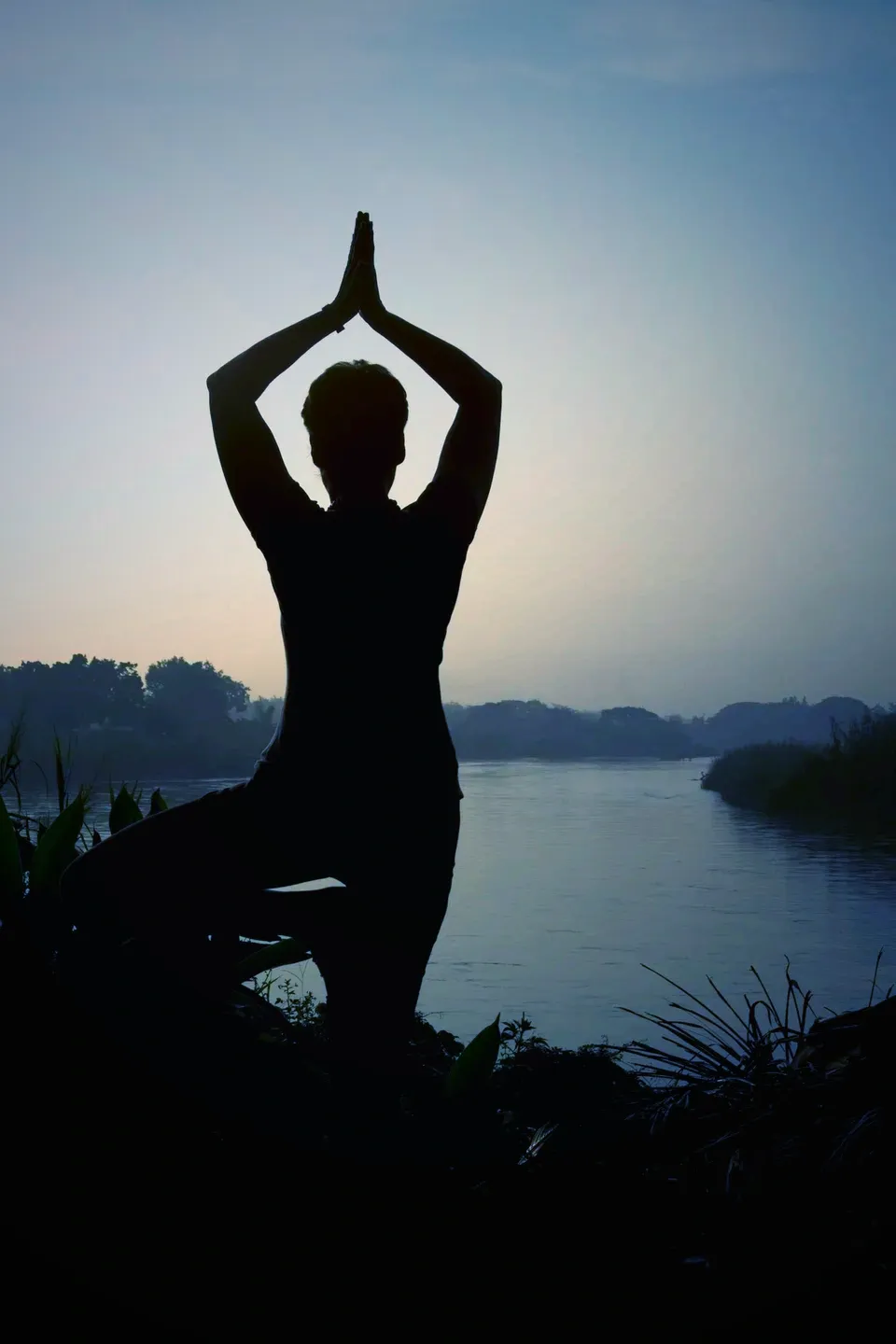Why Everyone Should Get Balanced (and How to Get Started)
When we hear “balance training,” we picture Olympic athletes doing fancy moves on the high beam or yoga masters in tree pose. But guess what? Balance exercises aren’t just for the super fit or for older adults trying to avoid falls—they’re for everyone!
Balance training does way more than help you stand on one foot without wobbling. It improves your posture, sharpens coordination, strengthens your core and legs, and gives your brain a healthy challenge. And the best part? These benefits translate directly to everyday life—whether you’re climbing stairs, playing pickleball, or even walking across an icy parking lot.
Why Bother with Balance?
1. Injury Prevention (Yes, Please!)
Let’s face it: a misstep can happen to anyone. Balance exercises strengthen the muscles that support your joints and train your body to react quickly when you slip or trip. That extra body awareness, known as proprioception, helps keep you on your feet and out of the ER.

2. Boosted Athletic Ability
Love tennis? Enjoy hiking? Want to keep up with your kids and grandkids? Balance training helps improve agility and reaction time, making it easier to stay active and avoid strains and sprains while doing the things you love.
3. Brain Boosts
Here’s a cool bonus: your brain gets in on the action, too. Balance exercises require concentration and spatial awareness, which can sharpen your memory and cognitive function. It’s like Sudoku for your body.

4. Posture & Coordination Perks
Ever catch yourself slouching at your desk or wobbling when reaching for something way up high? Balance exercises help realign your muscular system, so you stand taller and move more smoothly. Improved coordination also means fewer awkward stumbles and more graceful movement (no dance classes required).
5. Better Proprioception (a Fancy Word for Body Smarts)
Proprioception is your body’s ability to sense its position in space—think of it as your internal GPS. By doing balance work, you train the sensors in your muscles and joints to better guide your movements, making every motion safer and more precise.
Five Simple Exercises to Try at Home
No need for a gym membership—just grab a sturdy chair and a bit of floor space. Or try some of these five beginner-friendly moves while brushing your teeth or doing the dishes (convenient, huh?):
1. Single-Leg Stance
Stand on one foot for 10-30 seconds. If needed, hold onto a chair for support. As you get stronger, try it without holding on—or even close your eyes!
2. Heel-to-Toe Walk
Walk in a straight line, placing the heel of one foot right in front of the toe of the other. It’s harder than it looks and great for coordination.
3. Weight Shifts
Stand with feet hip-width apart and slowly shift your weight from side to side. Simple, but powerful for joint control and muscle activation.
4. Standing Toe Lifts
Rise up on your toes and slowly lower back down. This one strengthens calves and improves stability.
5. Tree Pose
Stand tall, lift one foot, and rest it against the inside of your other leg/thigh. Bring your hands to your heart or overhead and channel your inner yogi.
Conclusion
The key is consistency and listening to your body. Do what feels good, challenge yourself safely, and have fun with it. Balance may not be flashy, but it’s one of the most important things you can work on as you age—and it pays off in ways you’ll feel every day.
And in the infamous words of Mr. Miyagi … “Wax on. Wax off.” No, wait, that’s not it ….
“Whole life have a balance. Everything be better.”
———————————
This post was written exclusively for to your health, a national health and wellness coaching firm based in Wallingford, CT. Its founder, Linda Hubbard, is an RN, Nutrition Specialist & Health Coach. She can be reached at linda@toyourhealth360.com.

